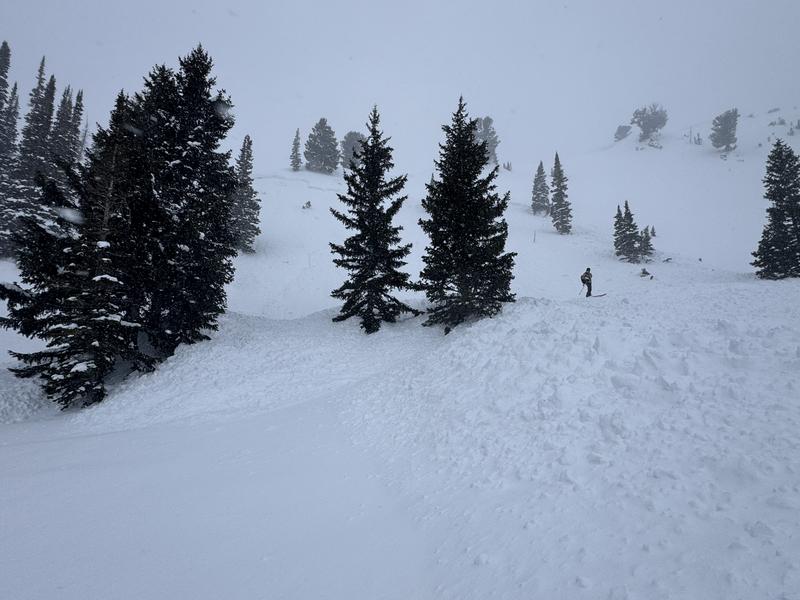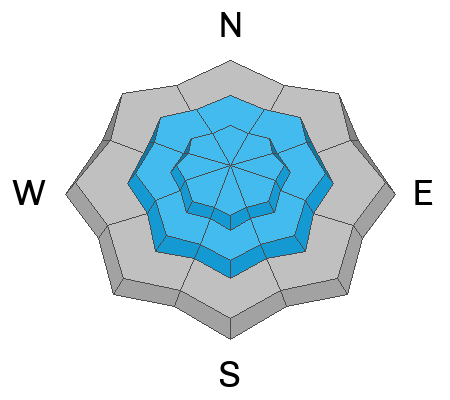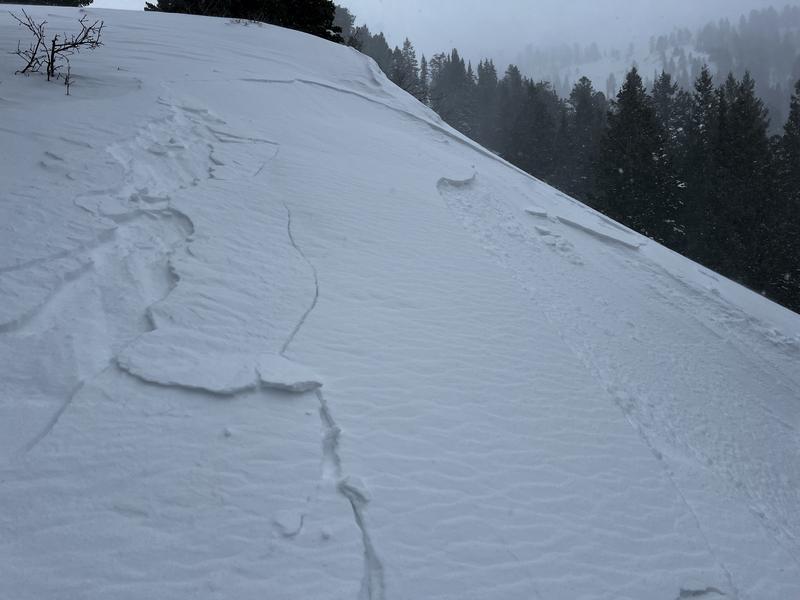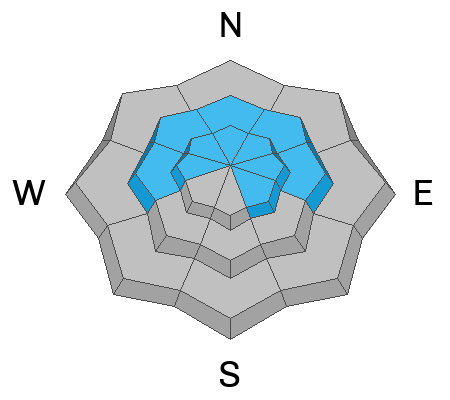Forecast for the Salt Lake Area Mountains

Issued by Greg Gagne on
Friday morning, February 14, 2025
Friday morning, February 14, 2025
The avalanche danger will rise to HIGH today on upper-elevation slopes, with a CONSIDERABLE danger on mid-elevation slopes and MODERATE danger at low elevations. Expect natural avalanches to occur, with human-triggered avalanches very likely.
Heavy snowfall and strong winds will create dangerous avalanche conditions, especially on northerly-facing slopes at the mid and upper elevations where avalanches may break several feet deep and hundreds of feet wide. Watch for rapidly changing conditions today, especially during any period of heavy snowfall and/or wind drifting.

Low
Moderate
Considerable
High
Extreme
Learn how to read the forecast here












